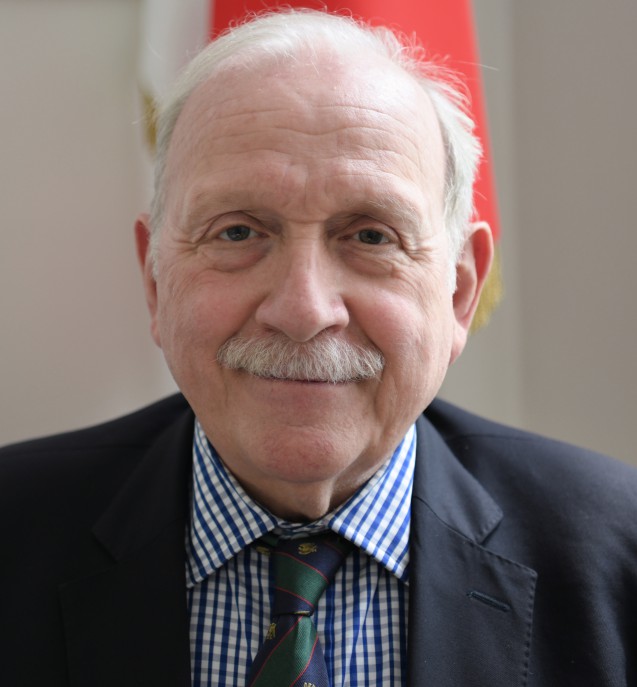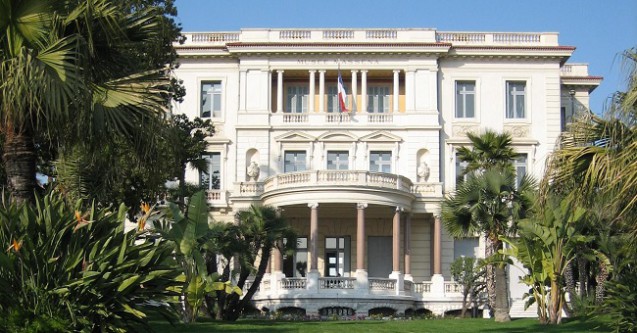Whilst it is true that the town of Nice has never forgotten my ancestor, the Marshal André Masséna, it would not be quite accurate to say that the man who was to give his name to a famous town square, a highly respected secondary school and a pedestrian street dreamed in youth of living there. It was indeed quite the opposite.
His father Jules and his uncle Augustin were amongst the first Massénas to move to Nice, in the 1740s. The Masséna family originated from Piedmont and had preferred to settle firstly in Levens. Jules’s third child, André, was born in the capital of the county on 6 May 1758, and baptised in the cathedral Sainte-Réparate two days later. He was to spend his early childhood to the east of Nice, near Trinité, where Jules had a shop in the hamlet called La Bourgade, which was to disappear in 1764. When he was 6 years old, André was sent to live with his grandmother in Levens. In his early adolescence, he was briefly apprenticed to to his uncle Augustin in a soap factory before going to sea. He wasn’t even 15 when he set set sail at Toulon. After nearly three years scrubbing the decks of ships, he returned to Toulon to become a soldier in the Royal Italien regiment. He was a successful NCO, and left the army just before the Revolution to marry Marie-Rosalie Lamarre and live in Antibes.
After joining the Garde Nationale in 1791, the following year he was promoted to Lieutenant-Colonel en second in the Deuxième Bataillon du Var. It was leading his men that he made his return to Nice during the war between France and the Kindgom of Piedmont Sardinia. He was successful in this and the following campaigns, becoming a well-known general. The local boy had become victorious in his native land.
However, in 1796, just when he was hoping to be appointed general in chief of the Armée d’Italie, he was pipped at the post by an as yet unknown general, Napoleon Bonaparte. The two men met for the first time in Nice in March of the same year. For my ancestor, the encounter was decisive. It is true that his first reaction was distrust – the man had never done anything whilst leading an army and worse still had stolen his dream job. But, soon afterwards, just like the rest of the army, he was won over by the energy and genius of the young general from Corsica.
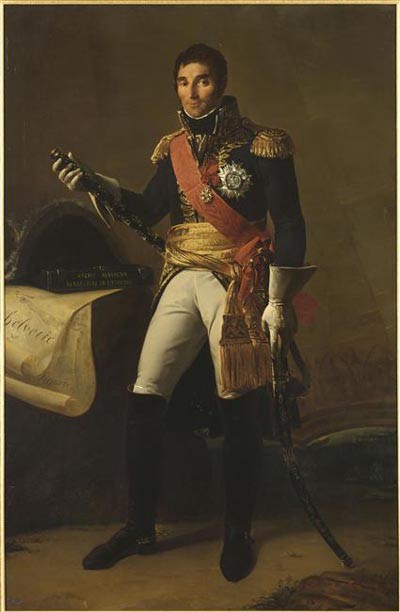
© Versailles, Châteaux de Versailles et de Trianon, RMN / Gérard Blot
There began the epic adventure that would end only in 1815. For his triumph on the field of battle, at Rivoli in particular, my ancestor then became known as “the darling child of victory”. In 1804, he was made Maréchal d’Empire, and then in 1809 he was ennobled by Napoleon as the Prince d’Essling for his heroic resistance at the eponymous battle.
However, as the Masséna name began to be known throughout Europe, it was then that the family began to stray from Nice. Not only the Marshal himself but also his son, François Victor, began to prefer Paris or the stately home at la Ferté-Saint Aubin to the town on the Côte d’azur .
It was not until my grandfather (the Marshal’s grand son) that the family made a notable return to the town. Victor Masséna was born in 1836, and during the Second Empire he was elected Député for the Alpes-Maritimes region in the Grasse constituency. Towards the end of the century, he acquired several sites in Nice, including one looking over the sea.
At that time, no-one knew that this part of the Riviera would become one of the most popular, and that the small path bordering the estate would become the Promenade des Anglais. He built here a residence that today is known as the “Villa Masséna”. This grand “villa de plaisance” whose façade has some Empire-style neoclassical features, was designed and built by the architects Hans-Georg Tersling and Aaron Messiah along the lines of the Rothchild villa in Cannes. And since Victor was also keen on flora and fauna, he had the garden splendidly arranged, with its majestic sea view, by the botanist and lanscape gardener, Edouard André.
My grandfather acquired and had redesigned another complementary residence in the Saint-Augustin neighbourhood to the west of Nice. He gave it the delightful name Victorine, in homage to his daughter Victoire. This house would later become a celebrated cinema studio when my father André sold the site to the producers Louis Nalpas and Serge Sandberg. Famously, Marcel Carné was to shoot the timeless classic Les enfants du paradis there.
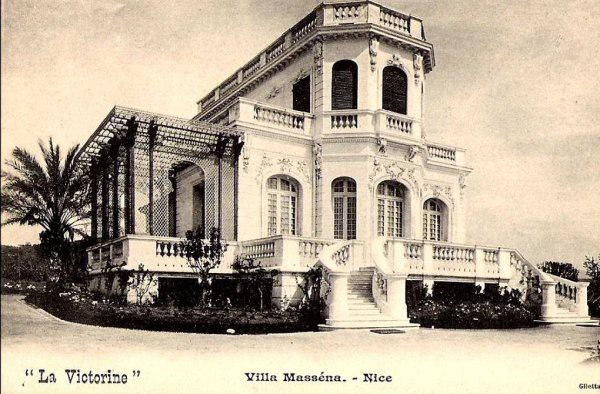
After WWI and the donation of the villa to the town of Nice, André Masséna remained very attached to Nice, the town of his childhood and school years (at the secondary school that bears the family name).
Alongside Jean Médecin, as Conseiller Municipal, André participated in the development of the town. He was furthermore for many years president of the race course at Cagnes-sur-Mer.
My father (d. 1974) transmitted to me his love for Nice, and the emotional bond between my family and the town remains as strong as ever.
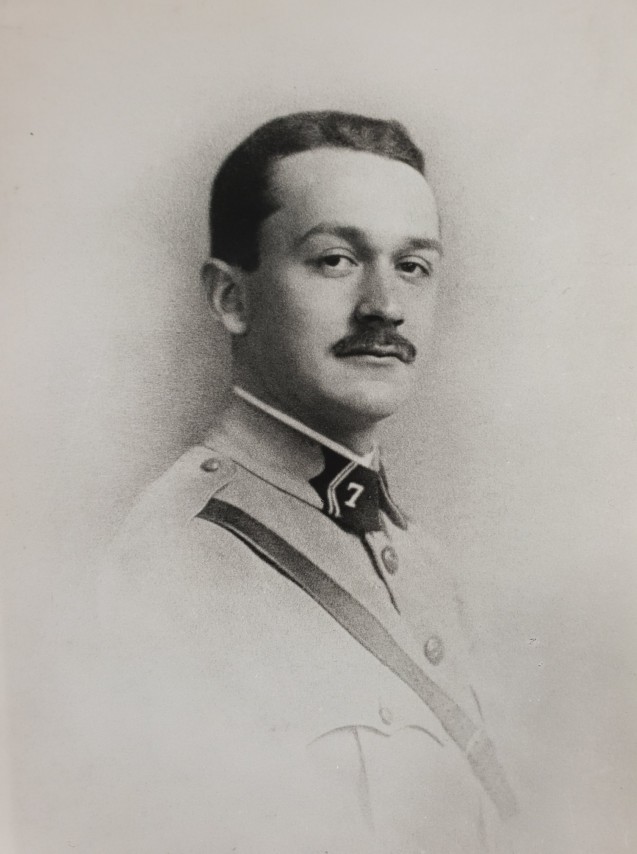
Victor-André Masséna, Prince d’Essling, Duc de Rivoli
President of the Fondation Napoléon
September 2019
This article appeared in the periodical Nice historique and in that journal’s special issue entitled De la Villa au Musée Masséna : histoires d’un centenaire 1919 – 2019.


